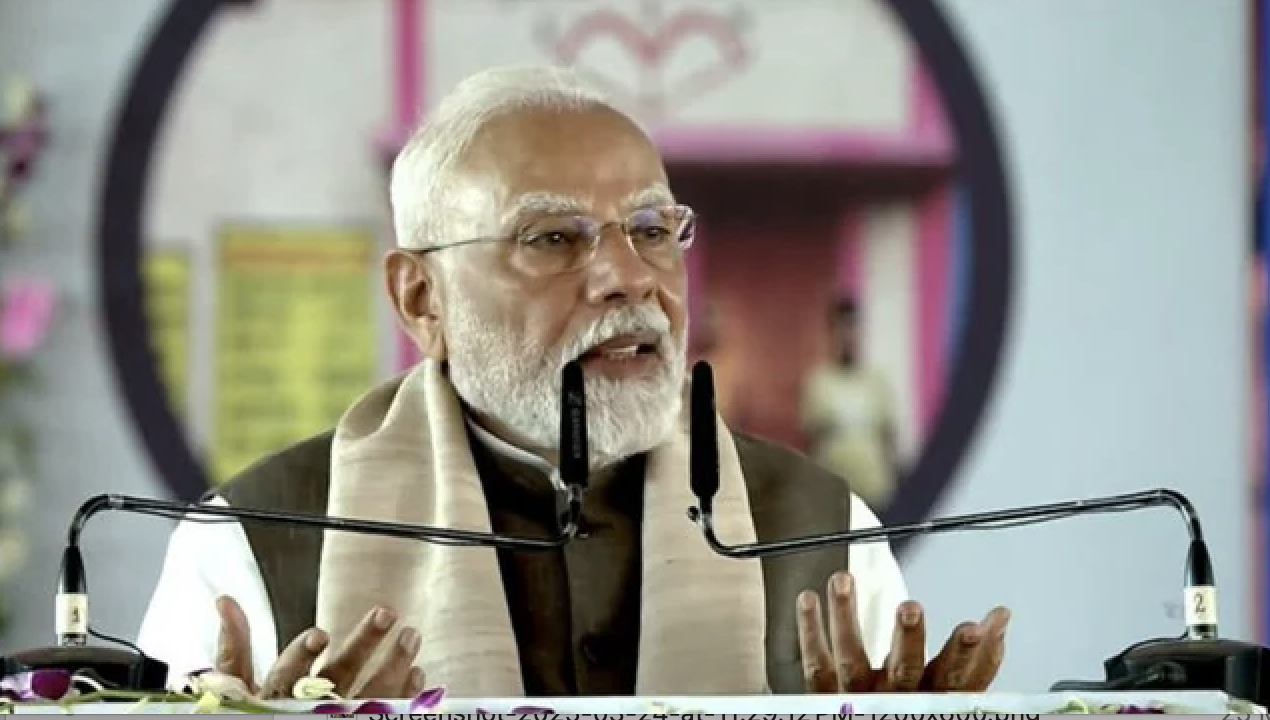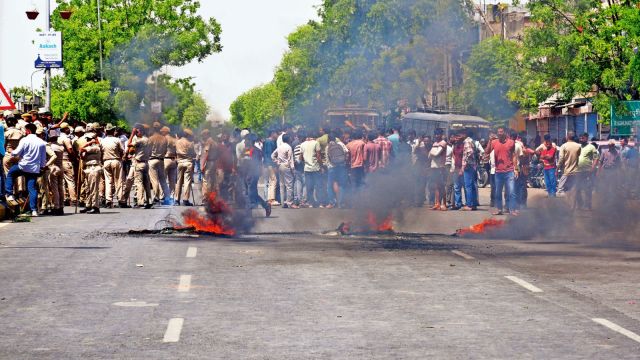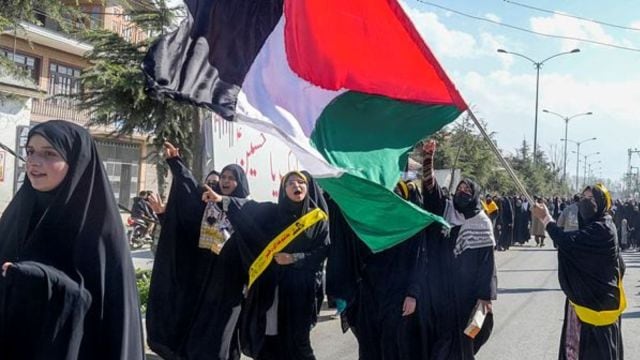Underinvestment and the dilution of the rights-based act has eroded the promise of public education as a crucial vehicle for creating an engaged citizenry.
Since the election of the Bharatiya Janata Party to power in the federal elections in India in 2014, the country’s performance in key indicators of democratic quality has suffered. Over its two terms in power, the party has sought to subvert key institutions for accountability, enact an ethno-cultural majoritarian electoral agenda, and use federal law enforcement agencies against their political opponents.
While there is extensive literature on the erosion of civil-political rights in the past 10 years, I ask how the BJP’s policies have reshaped the Indian school classroom. To respond to this question, in this post, I explore three striking dimensions of primary educational policy under the BJP government: a) the continuing trend of underinvestment in public goods like education, with a concurrent expansion of social protection, b) the saffronisation of the educational curriculum, and c) the regulation of learners’ public displays of religiosity.
I will argue that over the past 10 years, the BJP has sought to mobilise a legal, social, and political discourse that seeks to control what students learn and the classroom atmosphere in which such learning takes place – all in service of an ethno-nationalist vision for Indian democracy. While doing so, it has reshaped the Indian welfare state in fundamental ways by prioritising social protection spending without concomitant outlays toward public goods like education and healthcare.
Promise of Right to Education
India is often described as a welfare state with extensive social protection but desperately inadequate investment in public goods. Modern nation states invest public finances into public goods like education, public health, housing, and other amenities like roads.
This story was originally published in scroll.in. Read the full story here.






